The immune system plays a very important role in determining whether a calf will develop ringworm and also the severity of the case. It is important to note that ringworm can also occur in sheep, which can lead to wool loss and scratching.
Cause
Ringworm is caused by the fungus trichophyton verrucosum. If an individual calf in a group is affected, this is often an indication that this calf may be immunosuppressed, eg it is not uncommon to find ringworm in association with BVD-mucosal disease, undernourished calves, concurrent infection or mineral deficiencies.
Likewise, if a group of calves are severely affected with ringworm, then the possibility of immunosuppression, secondary to malnutrition, parasites or infectious diseases, should be investigated. The environment also plays a crucial role in the maintenance of ringworm within a herd. Ringworm is especially difficult to eliminate from contaminated wooden structures, and in many instances the wooden structures have to be destroyed. It is also associated with overcrowding, high humidity, poor ventilation and darkness.
Symptoms
The fungus grows on the skin and penetrates the hair follicle. Affected hairs become very brittle and they break off at the surface of the skin, producing the characteristic circular bald patches. The presence of the fungus also leads to thickening and flaking of the skin, and grey-brown debris can be easily picked off. 
The head and neck are the most commonly affected areas, especially around the eyes, nose and ears, although lesions may occur over the whole body. Ringworm can cause irritation and affected calves may rub their heads on troughs and hayracks leading to contamination of these structures which act as a source of infection for other animals. The spread from one calf to another is especially common at feeding time.
Treatment
Ringworm is killed by prolonged exposure to the sun and so most calves will have self-cured at the end of a good summer.
Traditional remedies included painting the affected skin with creosote or diesel oil, as well as the use of copper –based chemicals to physically kill the ringworm. However, the efficacy of these products is relatively poor and can be dangerous to the calves’ eyes. It is unacceptable to use such products in food-producing animals, as these substances are toxic.
More modern and successful treatments include the use of enilconazole (imaverol) which is made up into an emulsion and sprayed on to the lesions on three or four occasions at three-day intervals. This can be quite labour-intensive if a large group of calves is involved. Alternatively, ringworm vaccines can be used for both treatment and prevention. The response to vaccination can vary depending on the strain of trichophyton that is affecting your calves and whether it corresponds with the vaccine strains.
Prevention and control
Ringworm spores are very resistant and elimination of infection from a building is very difficult. In herds where there is a serious problem with ringworm on an annual basis, it is advisable to vaccinate calves from two weeks of age onwards. Maintaining a high standard of general health and nutrition will also help to reduce the extent and severity of ringworm in a herd.
Disinfecting buildings with a fungicidal disinfectant is probably the best long term control strategy as animals are commonly cross-infected from spore infected housing. However, it is not 100% effective.





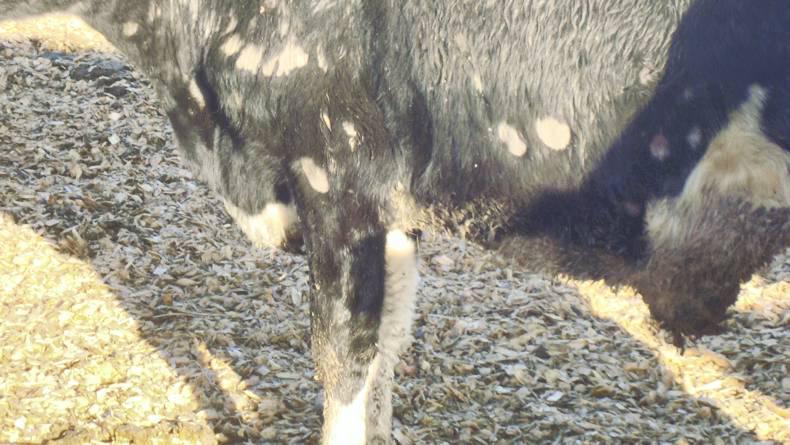
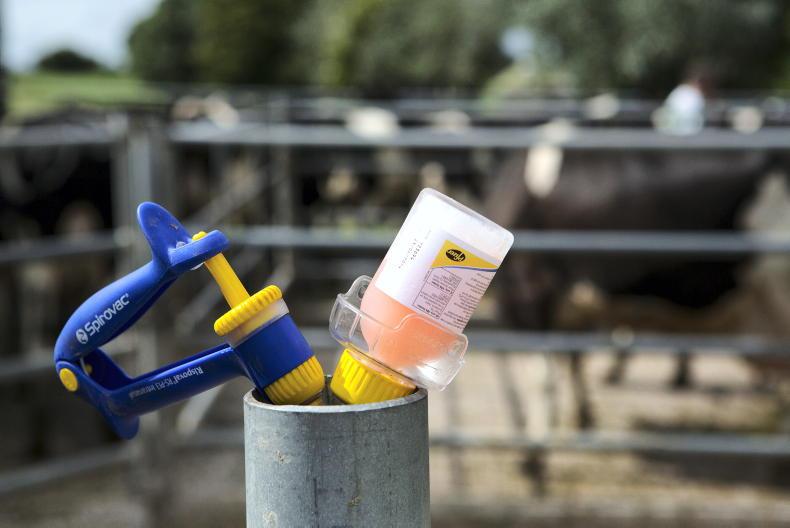
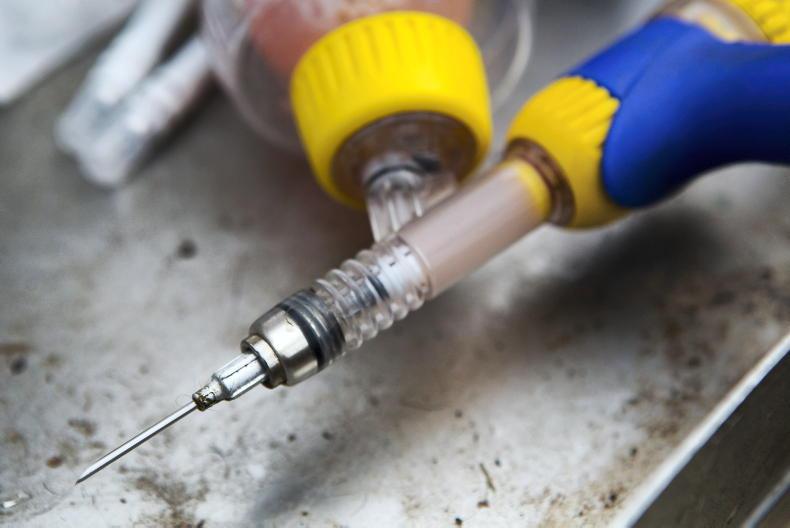
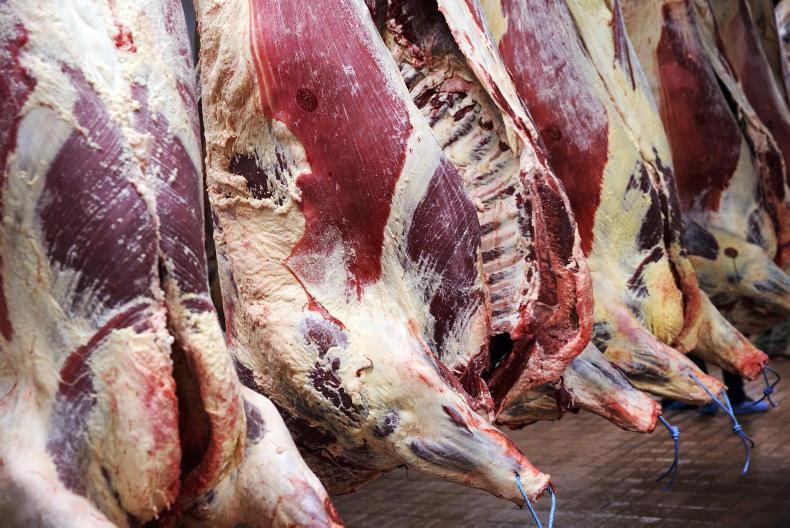
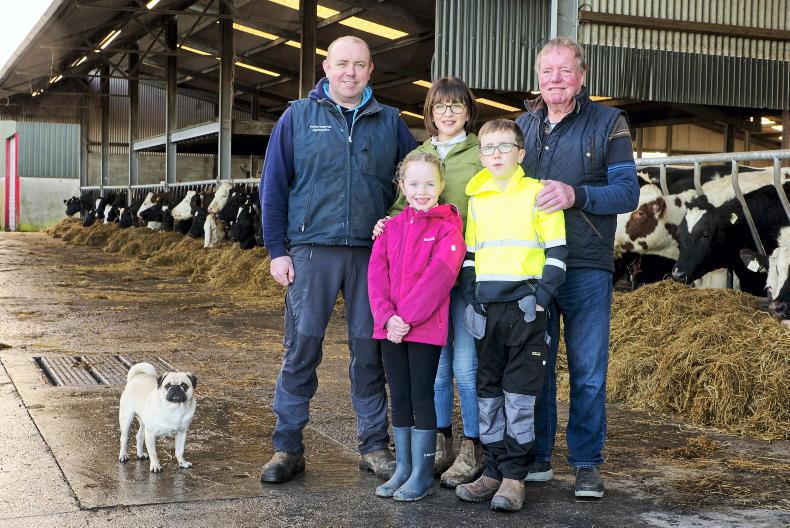
SHARING OPTIONS